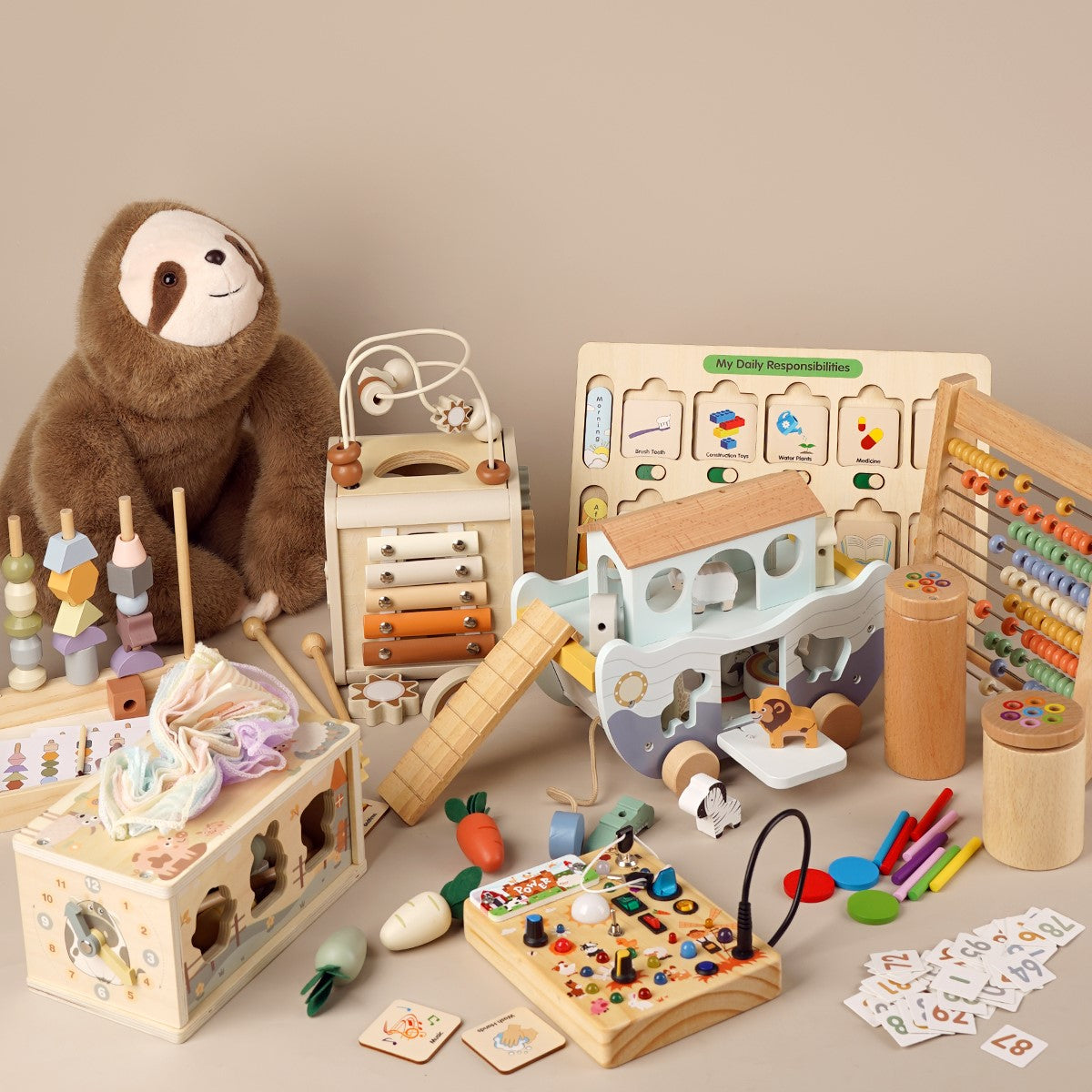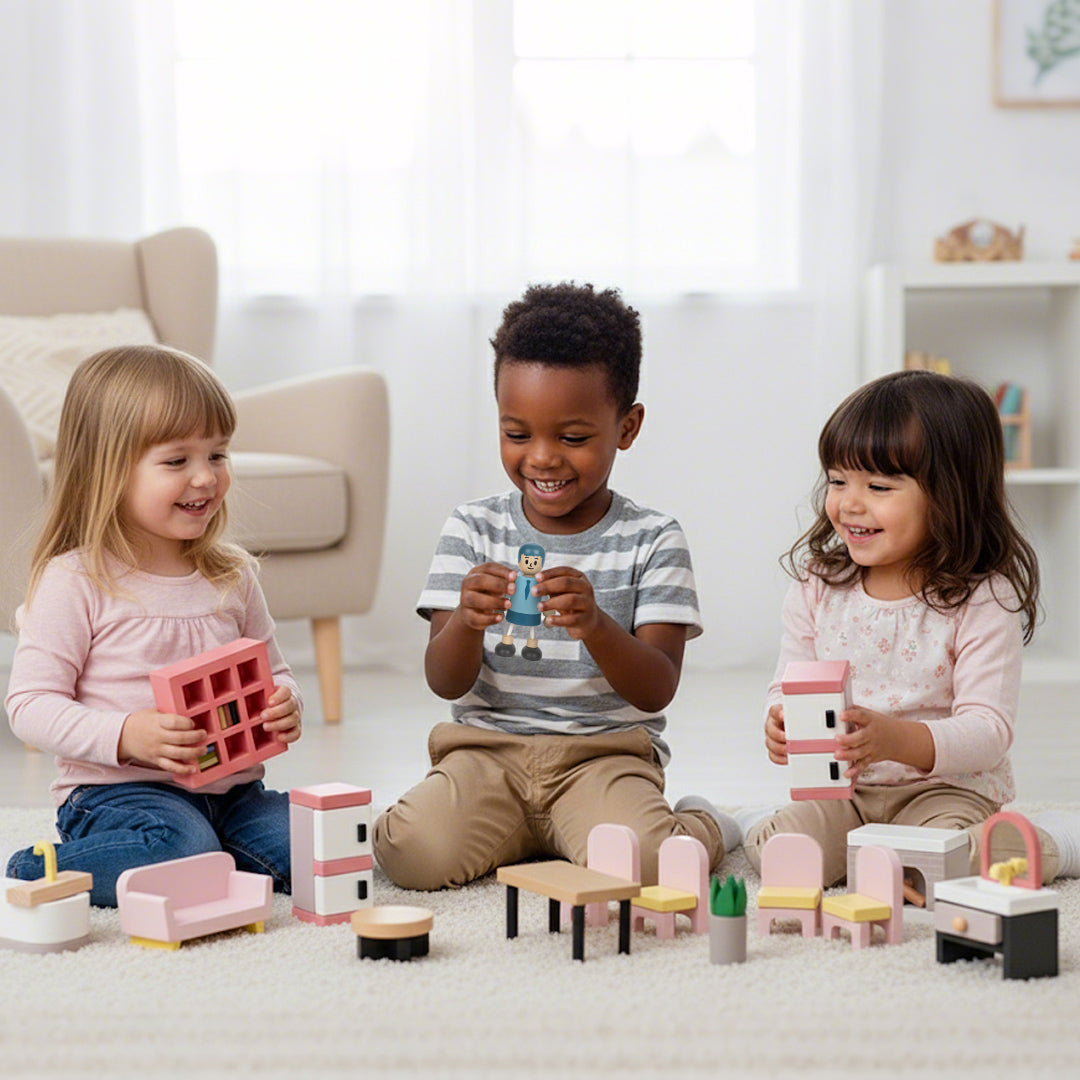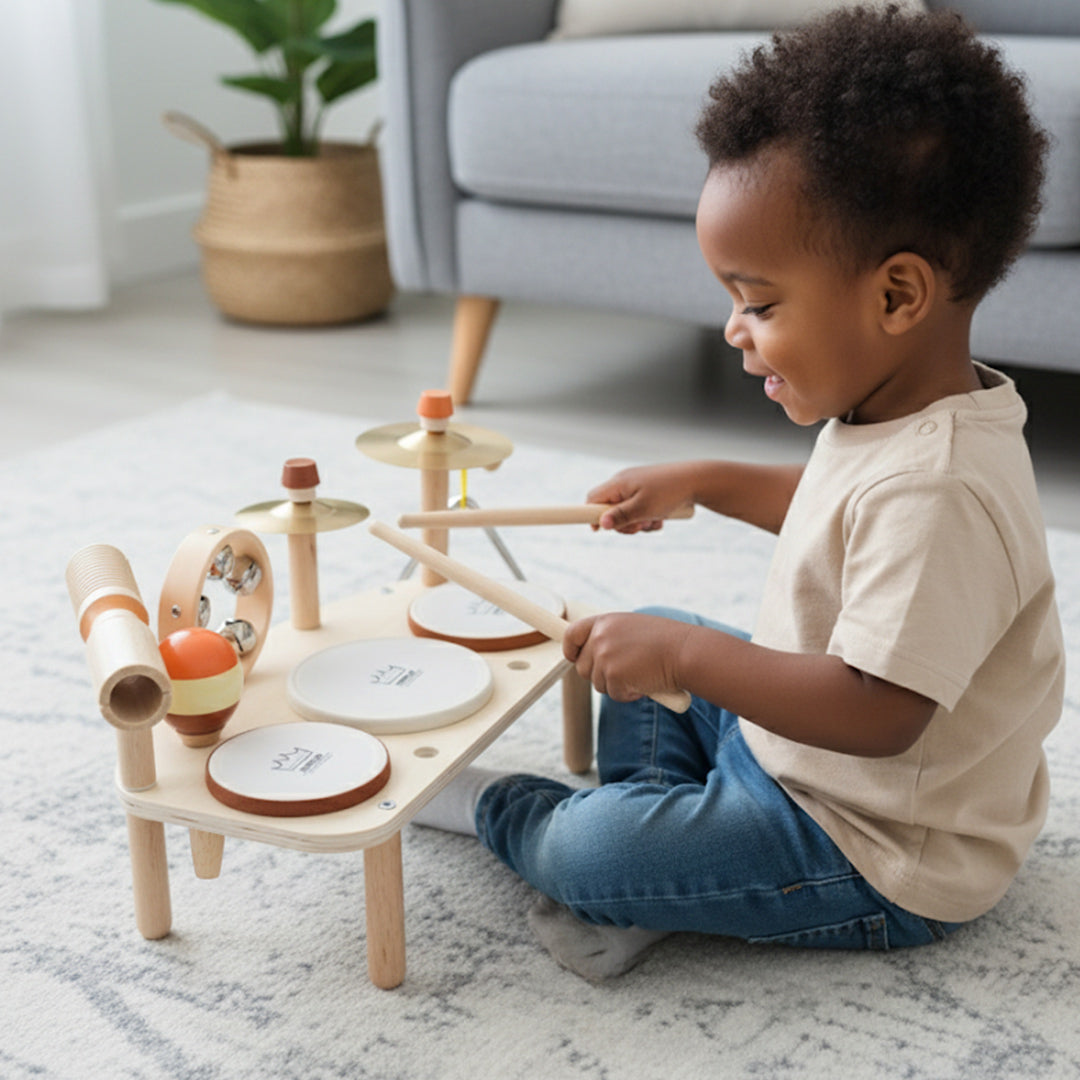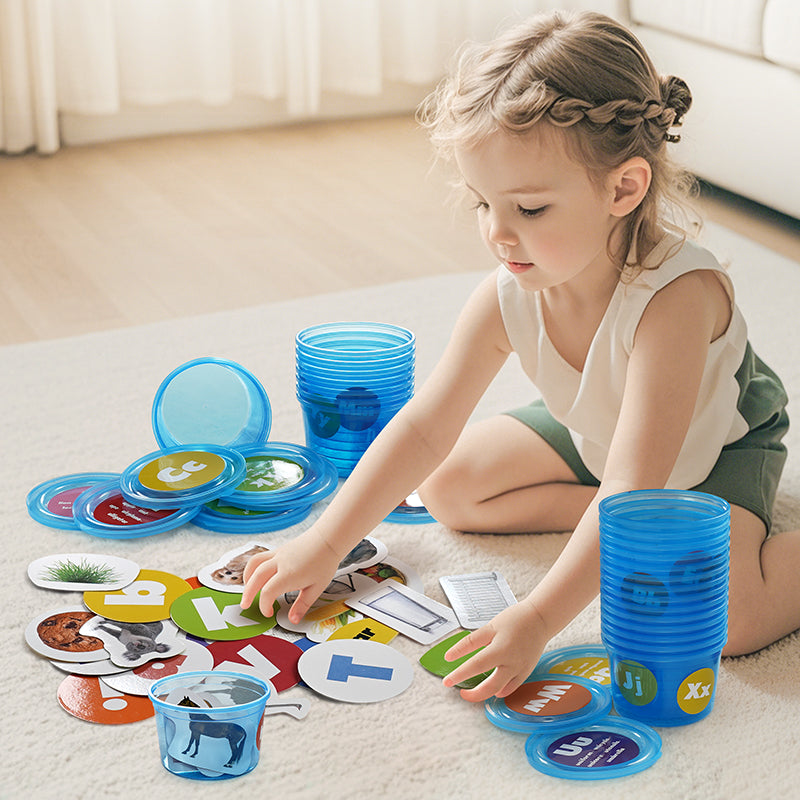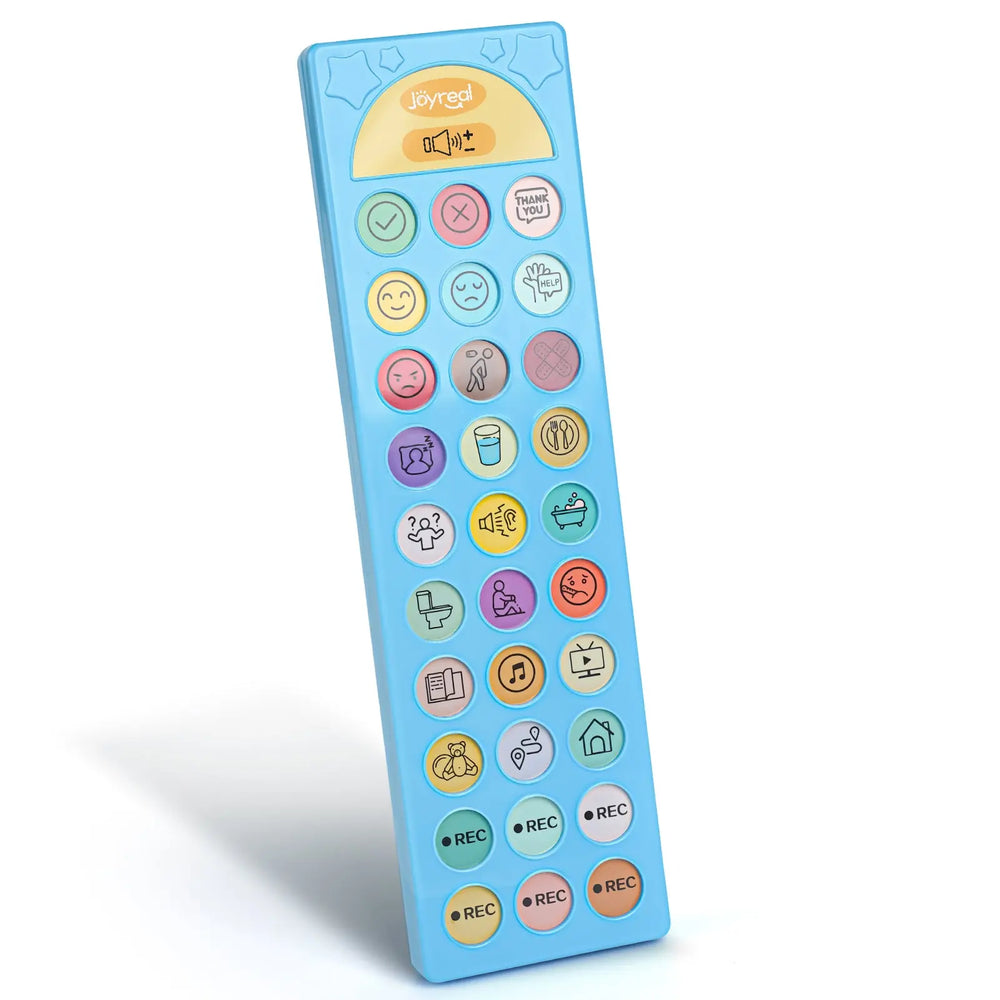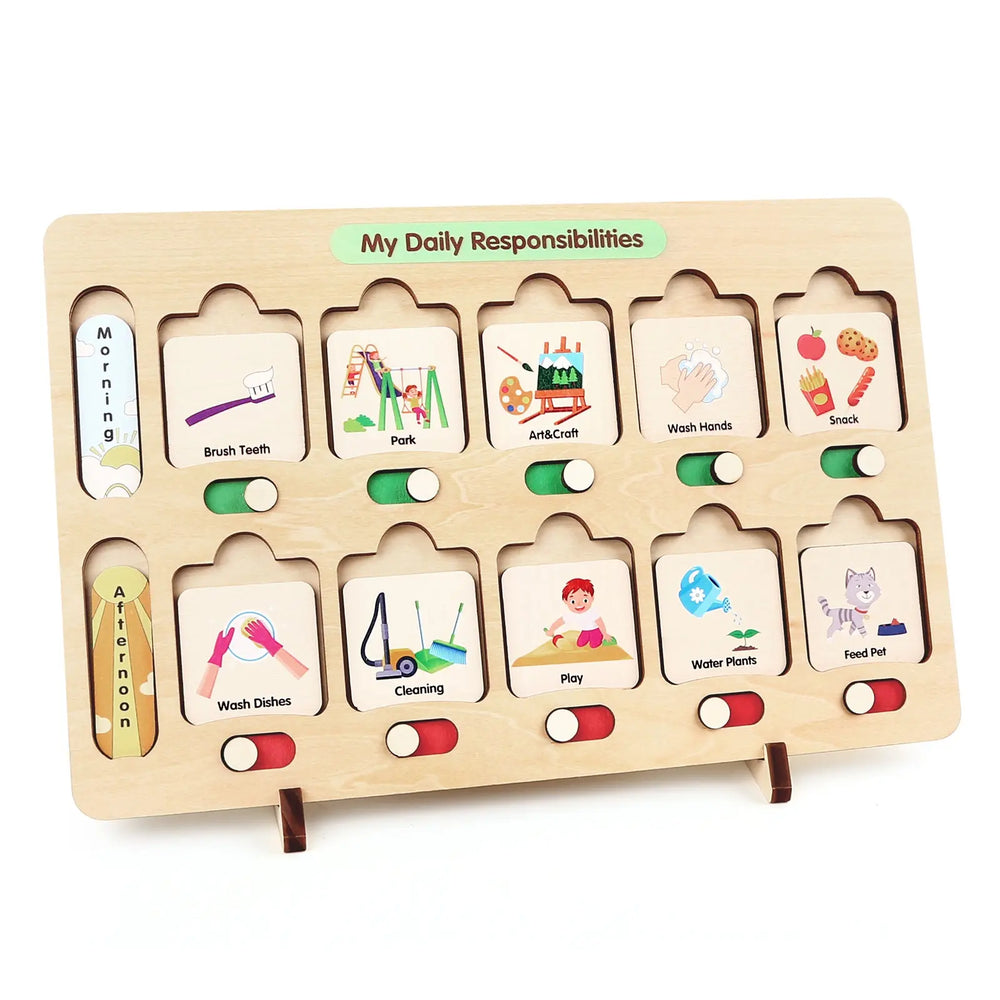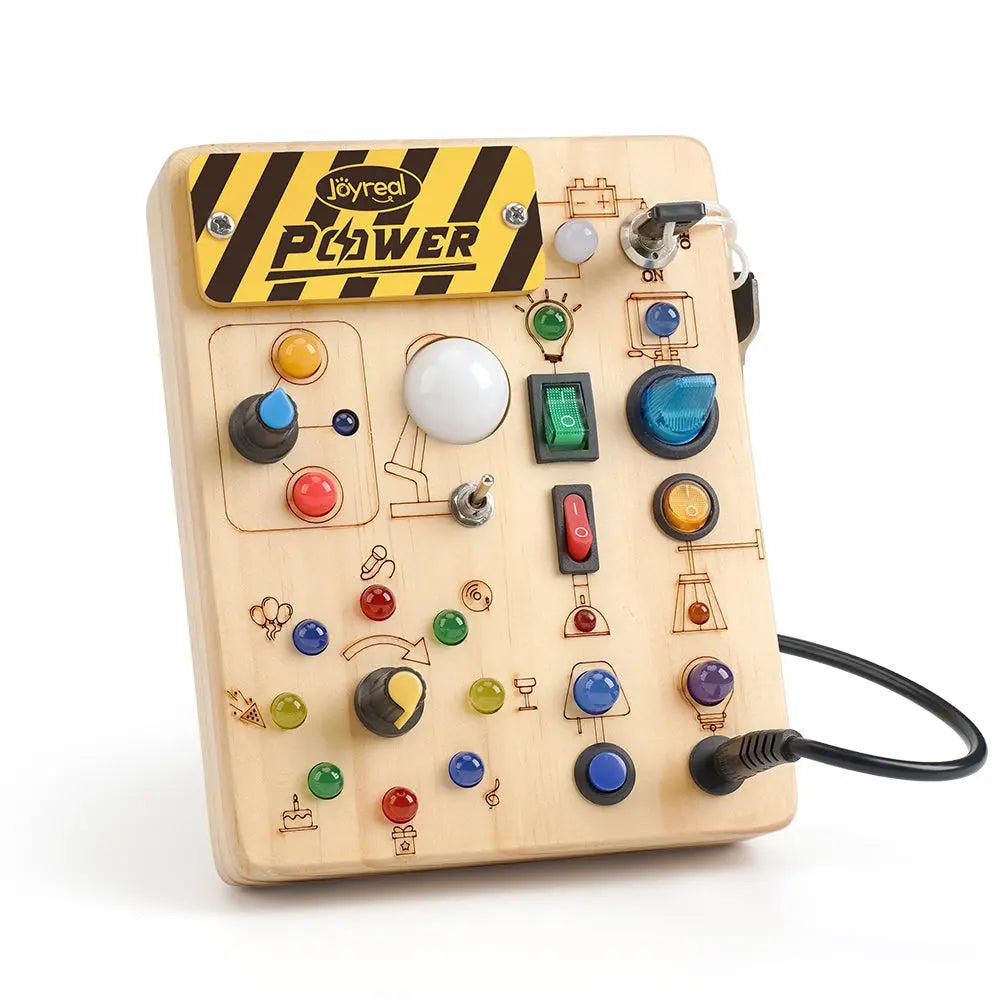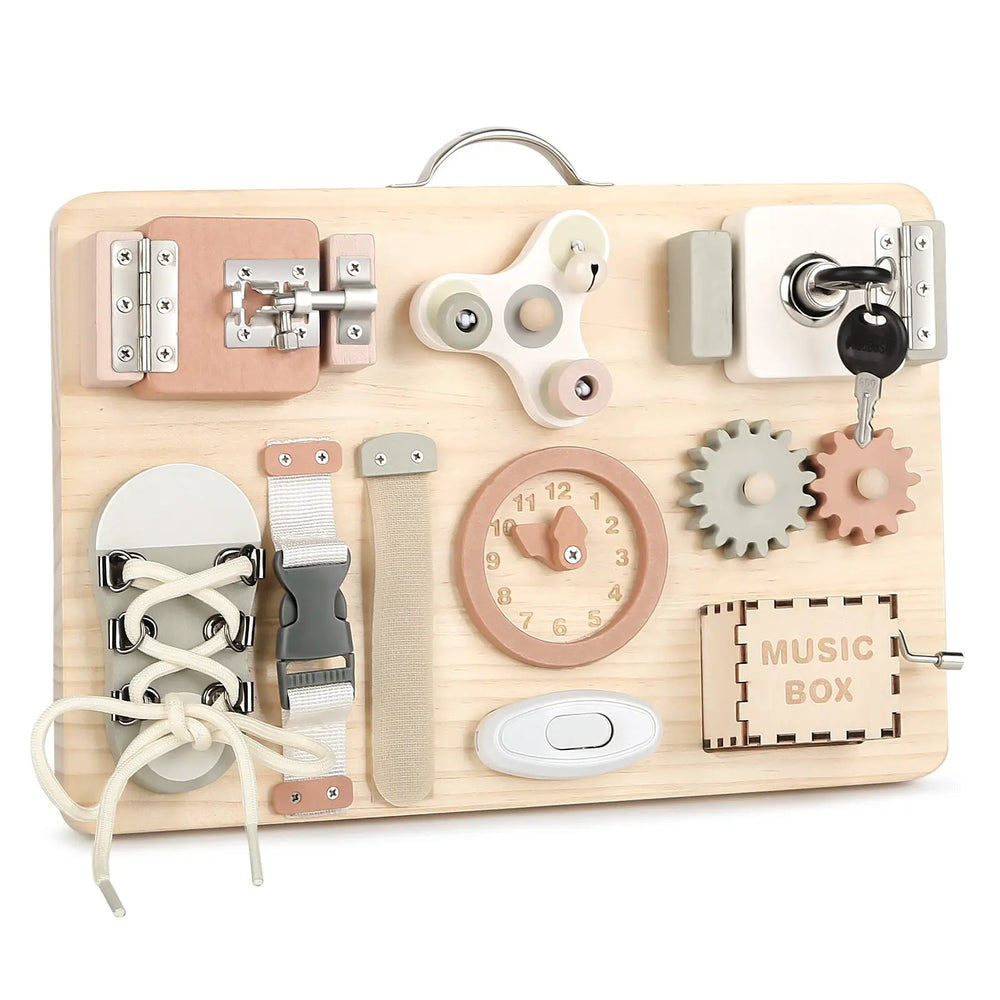Exploring Daily Life and Play: How Autism Shapes Children’s Experiences
 Living with autism spectrum disorder (ASD) brings a wide variety of experiences to children and their families. Autism is a neurodevelopmental condition characterized by differences in social interaction, communication, and behavior. These differences manifest uniquely in each child, leading to a spectrum of daily experiences that can be both enriching and challenging.
Living with autism spectrum disorder (ASD) brings a wide variety of experiences to children and their families. Autism is a neurodevelopmental condition characterized by differences in social interaction, communication, and behavior. These differences manifest uniquely in each child, leading to a spectrum of daily experiences that can be both enriching and challenging.
1. The Importance of Routine
Children with autism often thrive on routine and predictability. A consistent daily schedule—waking up, mealtimes, school, play, and bedtime—provides a sense of security.
- Simple Explanation: Predictable routines help reduce anxiety and make it easier for children to transition between activities.
- Example: A child may feel unsettled if there are unexpected changes, like a last-minute playdate or a substitute teacher.
- Tip for Families: Visual schedules, alarms, and clear verbal reminders can help children manage transitions throughout the day.
2. Navigating Sensory Experiences
Many children with autism experience the world in unique ways due to sensory sensitivities. Everyday sounds, textures, lights, or crowds can be overwhelming.
- Simple Explanation: Sensory sensitivities can make ordinary situations—like going to a noisy birthday party or wearing certain clothes—very stressful.
- Example: Some children might cover their ears at the sound of a vacuum, while others may be fascinated by spinning objects or lights.
- Practical Adaptations: Noise-canceling headphones, sensory-friendly spaces, and seeking out calming environments can support these children.
3. Communication: Verbal, Nonverbal, and Beyond
Autistic children communicate in diverse ways. While some are highly verbal, others use limited words or rely on alternative communication methods.
- Simple Explanation: Communication isn’t just about talking—gestures, pictures, or devices can help children express themselves.
- Example: A non-speaking child may use a communication app or picture board to tell their parent what they want for a snack.
- Family Approach: Learning a child’s preferred way to communicate—and responding with patience—builds trust.
4. Social Interactions and Play
Interacting with peers can pose challenges, but also opportunities for growth and connection.
- Simple Explanation: Some children with autism prefer playing alone or in parallel, while others seek out friendships but may struggle with social rules.
- Example: A child might want to join a game but not know how to ask, or may get upset if the “rules” change unexpectedly.
- Support Strategies: Structured playdates, social stories, and guided practice can help children learn and enjoy social interactions.
5. Emotional Regulation and Coping
Managing emotions can be difficult, especially when faced with unexpected changes or overwhelming stimuli.
- Simple Explanation: Children with autism might express feelings through behaviors instead of words, like meltdowns or withdrawal.
- Example: A noisy cafeteria can trigger distress, leading to tears or a need to leave the space.
- Supporting Emotional Health: Emotion cards, calm-down corners, and teaching simple coping skills (like deep breathing) make a big difference.
6. Celebrating Strengths and Interests
Many autistic children have intense interests or unique talents—sometimes called “special interests.”
- Simple Explanation: Focusing on what a child loves (like trains, animals, or math) can help build confidence and happiness.
- Example: A child’s deep fascination with puzzles might lead to impressive skills in problem-solving.
- Family Benefit: Encouraging passions and celebrating achievements promotes self-esteem and a sense of belonging.
Integrating Montessori Toys into Autism Daily Life
For children with autism, play is more than just fun—it’s an essential gateway to learning, communication, and self-expression. Thoughtfully chosen toys, such as Montessori materials, can be powerful tools woven into the daily lives of autistic children. These toys foster skill development, support sensory needs, and encourage independence, all while making learning enjoyable.
The Importance of Play for Children with Autism
Play offers children opportunities to explore their world, express creativity, and build important skills. For children with autism spectrum disorder (ASD), the right toys can help:
- Develop fine and gross motor skills
- Encourage communication (verbal, nonverbal, or with assistive tools)
- Support emotional regulation
- Build attention span and focus
- Facilitate social interaction and cooperative play
Simple Explanation:
Toys are not only for fun—they help children with autism learn, connect, and grow.
Structured and Sensory-Friendly: Montessori Busy Boards for Autism Routines
Busy boards are particularly beneficial for children with autism spectrum disorder (ASD) because they:
- Support Sensory Needs:
Children with autism often seek or avoid certain sensory experiences. Montessori busy board provide a variety of tactile, visual, and sometimes auditory stimuli, which can be calming or stimulating depending on the child’s needs.
- Encourage Fine Motor Skills
Turning switches, sliding bolts, and fastening zippers help strengthen fingers and hands, supporting skills needed for writing, drawing, and daily tasks.
- Foster Focus and Attention
The repetitive, meaningful actions on a busy board can help children practice concentrating for extended periods, which is often a goal in autism therapies.
- Build Practical Life Skills
Activities like buttoning, locking, or tying practice real-world self-care skills in a playful way, promoting independence.
- Provide Predictability and Structure
The board’s layout allows for repetitive and self-guided play, which fits the preference many autistic children have for routine and predictability.
Best Practices for Using a Montessori Busy Board with Autistic Children
1. Start Simple
Introduce the board slowly, focusing on a few favored activities at a time to prevent overwhelm.
2. Observe Preferences
Watch which parts your child enjoys or avoids. Remove overly stimulating objects or add more of what they love.
3. Integrate into Routine
Busy boards can be used:
- As a morning activity to promote calmness and readiness for the day
- During transitions or waiting periods to reduce anxiety
- Before bedtime as a quiet, soothing play option
4. Promote Communication
Use the busy board as a conversation starter—describe actions, name objects, or ask your child which part they want to try next, reinforcing language skills.
5. DIY Customization
Many parents make their own boards, tailoring them with familiar objects and textures their child enjoys or needs to practice.
Breaking Barriers: AAC Devices Enhance Communication for Autistic Children
Many children with autism spectrum disorder (ASD) experience challenges with verbal communication. Some are non-speaking, minimally verbal, or have unreliable speech. AAC devices offer them reliable ways to express their needs, thoughts, and emotions, supporting both independence and social participation.
Joyreal AAC Talking Aids Transform Autism Communication
While professional AAC devices and advanced apps offer powerful features, their complexity can sometimes overwhelm both children and caregivers—especially at the start of the learning journey. Joyreal talking aid is thoughtfully designed for early-stage learners, making everything simpler and more approachable:
- Easy to Use: With intuitive buttons and minimal text, even very young or non-reading children can quickly understand how to express needs and feelings.
- Lightweight & Portable: Joyreal AAC’s compact design fits perfectly into a child’s backpack or a parent’s bag. It’s always ready for use—at the park, in the grocery store, or on family outings—making outdoor play easy and stress-free.
- Durable for Kids: Built with active children in mind, the device is sturdy enough to handle drops, rough play, and the rigors of daily adventures.
Designed with Autistic Children in Mind
Joyreal AAC devices isn’t just convenient; it’s purposefully crafted for children with autism:
- Sensory-Friendly Colors: The interface uses colors thoughtfully matched to autistic children’s sensory preferences. Calming blues, soft greens, and clear contrasts minimize visual clutter and help avoid sensory overload.
- Childlike Aesthetic: With gentle shapes, playful images, and a child-friendly voice, Joyreal AAC feels inviting and non-threatening—encouraging kids to explore communication at their own pace.
- Educational Integration: Joyreal AAC doesn’t just support requests (“I want water!”), it actively builds vocabulary, turn-taking, and social skills as children use it in their daily routines.
Real-Life Benefits for Families
For many parents and therapists, one of the biggest challenges is encouraging communication outside the classroom or therapy environment. Joyreal aac devices for autism bridges that gap. On playgrounds and in busy family settings, kids can use the device to:
- Ask to join a game
- Let adults know they’re hungry or need a break
- Express emotions—happy, excited, upset—when words are hard to find
The convenience and design of Joyreal AAC help children carry their "voice" wherever life takes them, building confidence and reducing frustration on-the-go.
Perfect for Early Learners, Made for Real Life
While professional AAC systems undoubtedly have their place, Joyreal AAC offers a gentle, effective introduction to communication for autistic children in their earliest years. Its portability, sensory-smart design, and intuitive interface make it not only a tool but a friend—helping every child express themselves, learn, and engage with the world around them.
Conclusion
The daily life of a child with autism is shaped by a mix of routines, sensory experiences, communication styles, and social interactions. Understanding these experiences—both the challenges and the triumphs—is key to creating environments where autistic children thrive. With the right support, every child can live a life full of discovery, growth, and joy, on their own terms.
Toys, especially Montessori-inspired and sensory-friendly ones, play a vital role in this journey. Thoughtfully integrated into daily routines, these tools foster growth, comfort, and independence. Through play, children learn to navigate the world, practice important skills, and find joy in discovery. By choosing toys that are simple, purposeful, and adaptable, parents and caregivers can help their autistic child not only learn but also thrive in every aspect of life.
In essence, the combination of understanding, support, and purposeful play empowers autistic children to unlock their potential and embrace life with confidence and happiness.
Maybe it will be helpful for you:
Recent Post

What Finally Helped My Toddler Speak Up?
If you’re a toddler mom, you already know how much emotional weight...

Joyreal Christmas Toys Deals 2025
Enjoy instant savings across nearly every category, from early lear...

How Wooden Montessori Toys Support a Sustainable Childhood
Most parents don’t say it out loud, but many feel the same quiet fr...

Top Christmas Gifts to Help Kids Communicate Better This Holiday Season
The holiday season brings joy, family bonding, and endless opportun...

How to Make DIY Printable Communication Boards
Communication is at the heart of every child’s development — and fo...

Top 5 Christmas Gifts That Bring Families Closer (2025 Guide)
Christmas isn’t just about the gifts — it’s about the moments we c...

Top Musical Christmas Gifts for Toddlers & Preschoolers 2025
Why Musical Gifts Are Perfect for Toddlers and Preschoolers Music h...

Joyreal AAC Devices Wholesale Partner
In today’s educational and therapeutic environments, speech therapi...

Joyreal AAC Device – Big Sale for Autism & Speech
Every Voice Deserves to Be Heard Imagine your child looking up at y...

How to Choose Safe & Educational Toys for Christmas 2025
When “Just a Toy” Means So Much More If you’re a parent, you know t...
